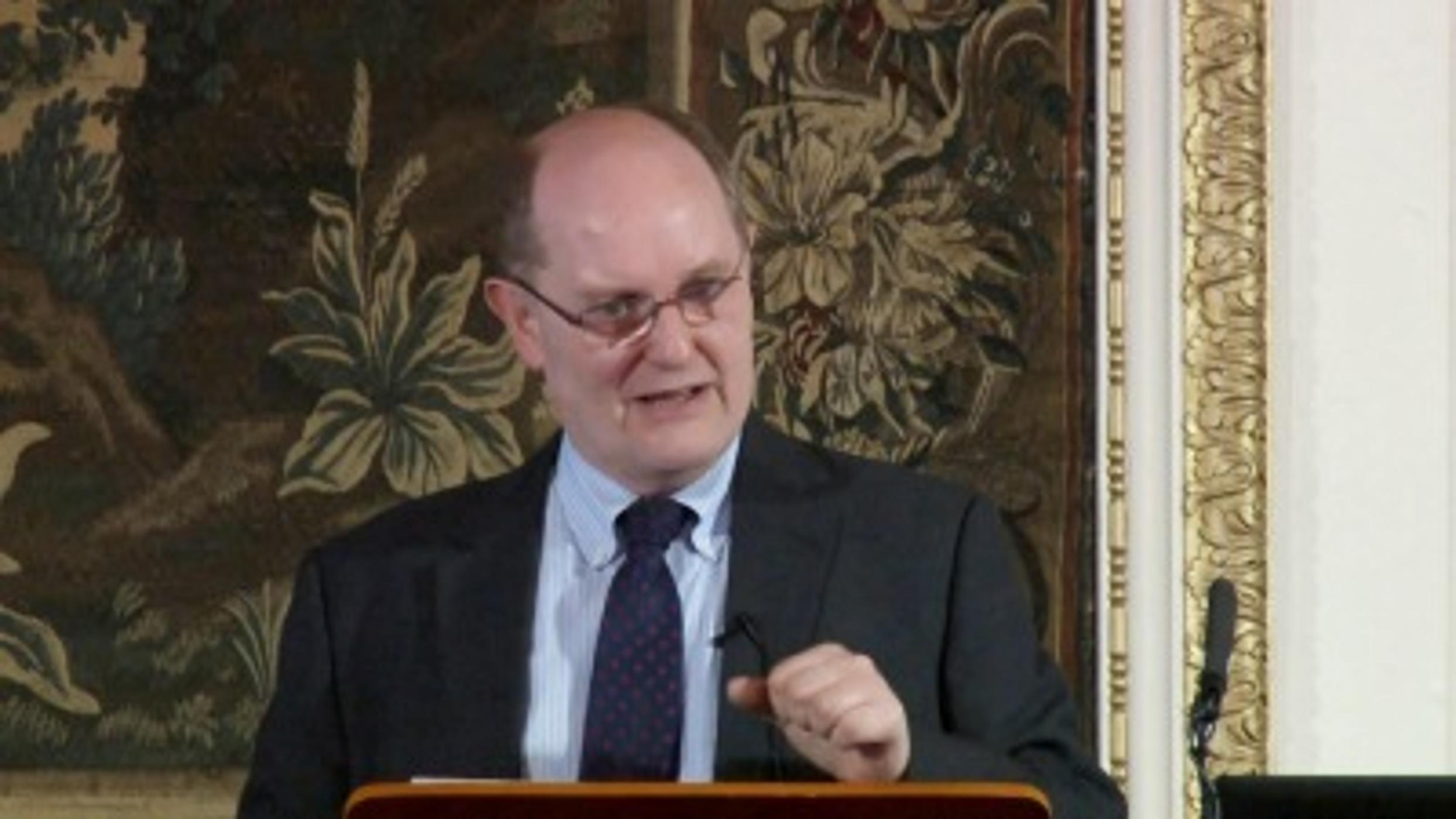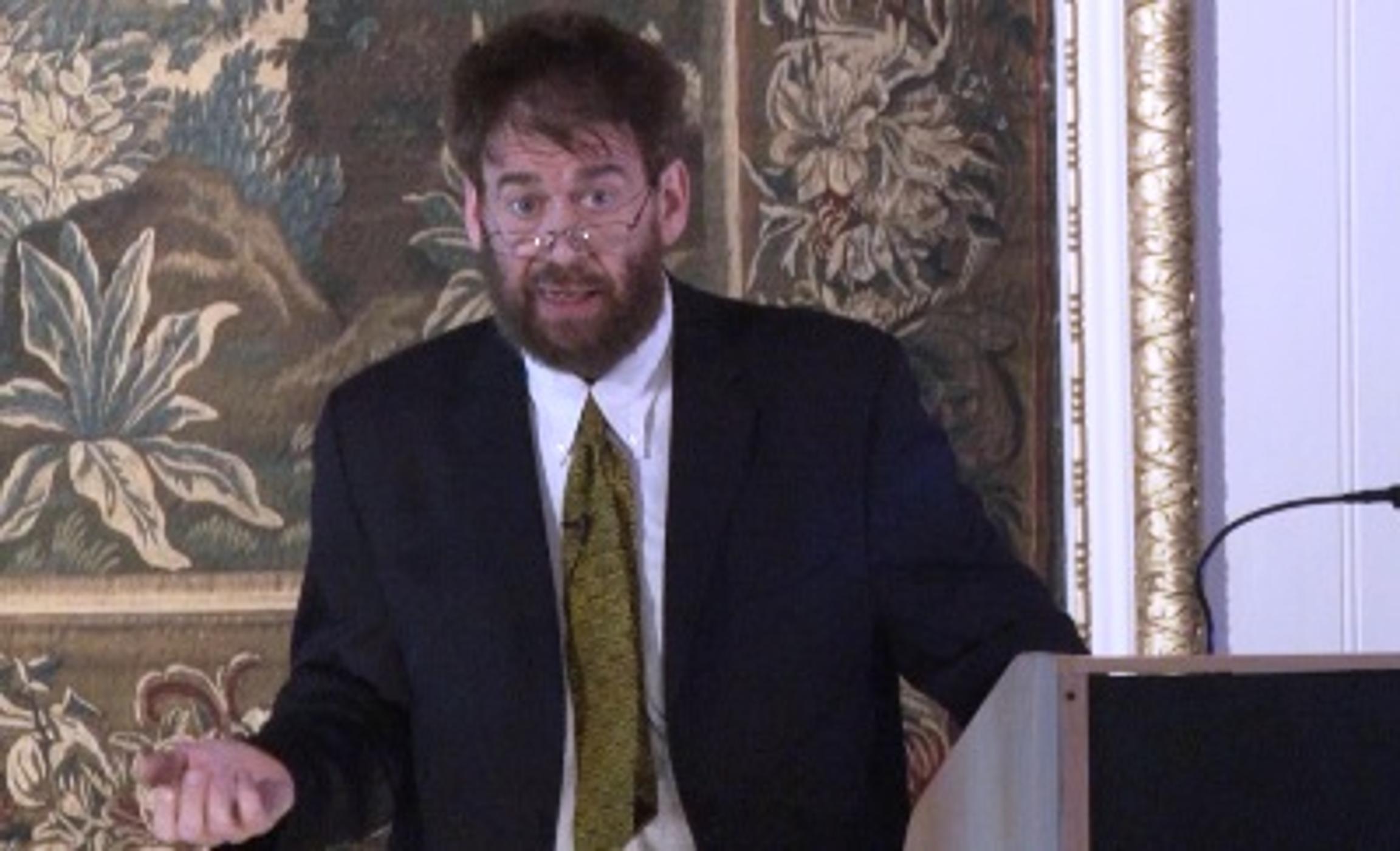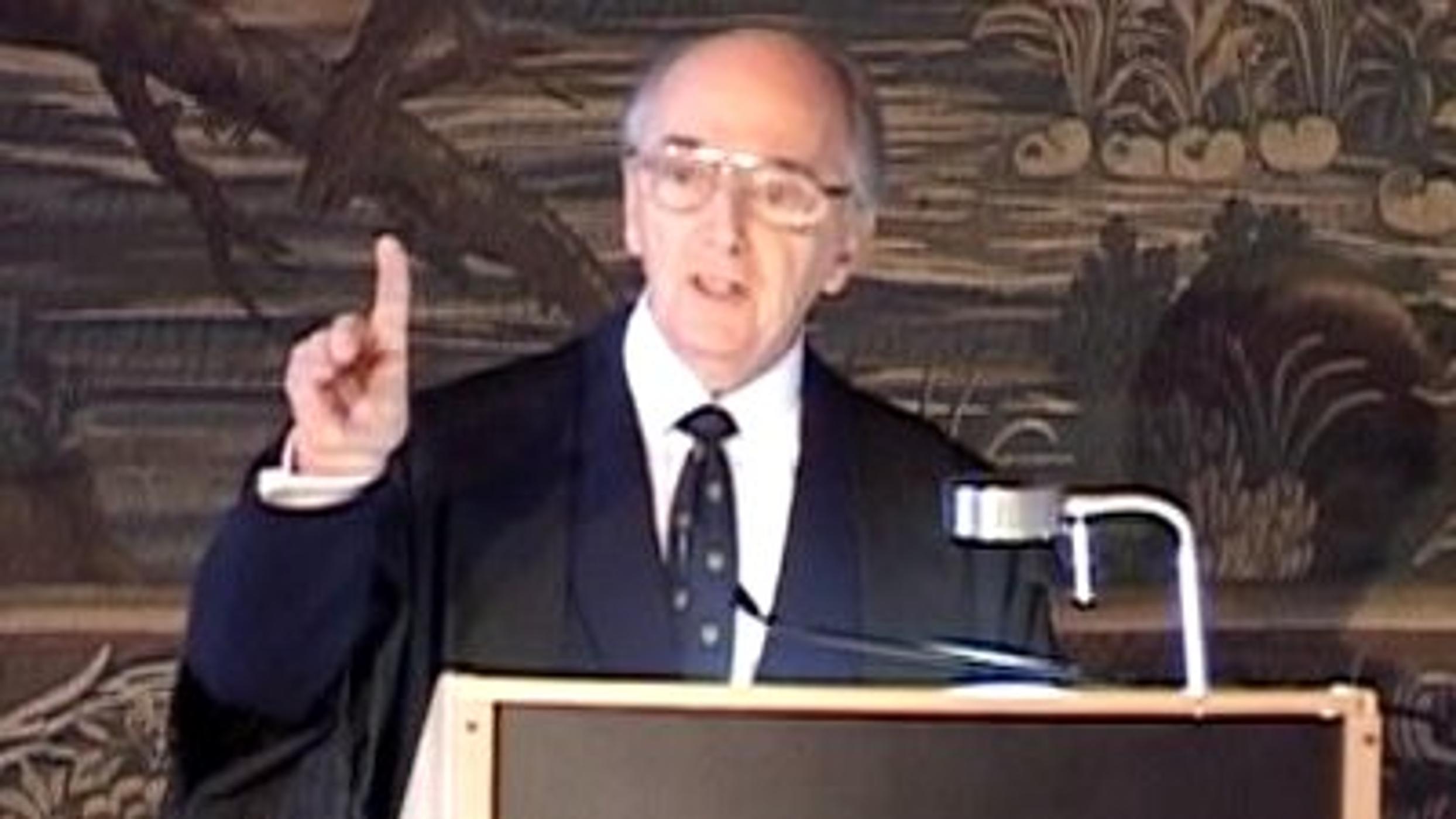Superconductors are not just for MRI: talk by Professor David Cardwell
Update: 2015-05-22
Description
The discovery of the so-called High Temperature Superconductors in 1987, which are able to conduct very high electrical currents and hence generate extremely high magnetic fields at liquid nitrogen temperatures, was heralded as the most significant scientific breakthrough since the discovery of the transistor. This talk describes in a substantially non-mathematical way the properties of these remarkable materials, their manufacture and their potential for engineering applications, which include frictionless bearings, energy storage systems, MRI and high field permanent magnets.
David Cardwell studied Physics at the University of Warwick between 1980 and 1986, graduating with a BSc in 1983 and a PhD in 1987. He joined Plessey Research (Caswell) on completing his PhD prior to moving to Cambridge in 1992. He is currently Professor of Superconducting Engineering in the Department of Engineering, University of Cambridge, where he leads the Bulk Superconductivity Research Group.
His research focuses on superconductors - materials which, when cooled, can carry an electrical current without losing energy, unlike standard conductors such as copper wire. At the moment up to 10% of electrical energy is lost in transit before it reaches the user. Recently, Dr Cardwell and his team has made a breakthrough in the manufacture of high-temperature superconducting materials. This could be used to protect the National Grid as well as revolutionise the production of MRI scanners.
David Cardwell studied Physics at the University of Warwick between 1980 and 1986, graduating with a BSc in 1983 and a PhD in 1987. He joined Plessey Research (Caswell) on completing his PhD prior to moving to Cambridge in 1992. He is currently Professor of Superconducting Engineering in the Department of Engineering, University of Cambridge, where he leads the Bulk Superconductivity Research Group.
His research focuses on superconductors - materials which, when cooled, can carry an electrical current without losing energy, unlike standard conductors such as copper wire. At the moment up to 10% of electrical energy is lost in transit before it reaches the user. Recently, Dr Cardwell and his team has made a breakthrough in the manufacture of high-temperature superconducting materials. This could be used to protect the National Grid as well as revolutionise the production of MRI scanners.
Comments
Top Podcasts
The Best New Comedy Podcast Right Now – June 2024The Best News Podcast Right Now – June 2024The Best New Business Podcast Right Now – June 2024The Best New Sports Podcast Right Now – June 2024The Best New True Crime Podcast Right Now – June 2024The Best New Joe Rogan Experience Podcast Right Now – June 20The Best New Dan Bongino Show Podcast Right Now – June 20The Best New Mark Levin Podcast – June 2024
In Channel
























